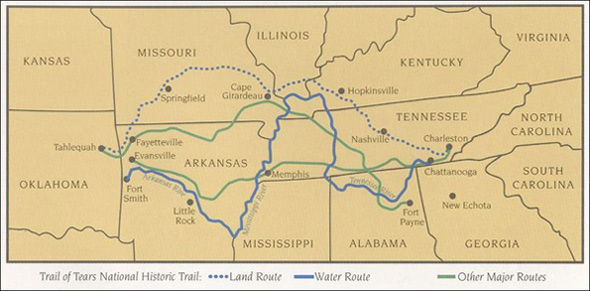A vivid examination of the importance of the local Indigenous connection with the land can be seen in the following video:
The focus in the video is of the Altai people in central Russian and how they are seeking to rebuild their connection with their knowledge and customs that have suffered due systematic neglect and Russian colonization. This short documentary focuses on the environmental knowledge of the Altai, yet one of the most striking aspects of this piece is that it shows how differing types of knowledge is transmitted between members of the community as well as the profound connection that the speakers have to the place they live in. What is inspiring about this video is that it also represents a restoration of traditional knowledge and practice.
This film, sponsored by United Nations Diversity Project is a very effective reference tool in understanding the universal challenges confronting First Nations peoples globally and their struggle to reclaim their ancient heritage and traditions.

